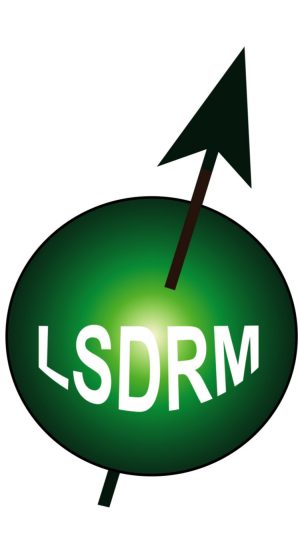H. Desvaux, D. J.Y. Marion, G. Huber, P. Berthault
In nuclear magnetic resonance (NMR) whose medical application is known as MRI, it is the voltage at the extremities of a coil that is usually monitored, since it reflects the variation of the induction created by the precession of the nuclear magnetization after a radiofrequency (RF) excitation pulse. The nuclear magnetization results from the difference in population between the spin states, induced by the strong static magnetic field.
This spectroscopy undoubtely suffers from low sensitivity because this difference remains always low. Thus, at 10 T and room temperature only one nucleus over 100 000 contributes to the signal, defining the detection threshold associated to the radiofrequency excitation technique at typically 1017 spins.

A team from IRAMIS-SIS2M develops an alternative approach using hyperpolarized systems. Indeed, through a preliminary stage of selection of the nuclear spin states, performed in the laboratory by optical pumping, it is now one nucleus over 2 on average that contributes to the signal (rather than 1 over 100 000 !). Some detection methods, so far disregarded for lack of sensitivity, become promising. This is the case for the “nuclear spin noise” approach.
In this method, one monitors the voltage fluctuations at high frequency between the extremities of a detection coil which reflects those of the electromagnetic field. The presence of hyperpolarised atoms leads to a strong coupling between the nuclear magnetization and the coil. The reduction of fluctuations at the resonance frequency of the nuclear spins (see figure) results from the absorption of the electromagnetic field by the magnetic moments. Therefore, the detection method does not require any prior radiofrequency excitation, avoiding in that way any perturbation of the system that remains highly polarized. By this method, it is shown that it is already possible to lower the spin-noise detection limit to the record level of about 1016 spins.
Furthermore, compared with the RF excitation method, the spin noise detection becomes more advantageous for systems with a very small number of spins within a small volume, and only this method will allow, by the use of miniature coils, to lower the threshold. Moreover, the absence of radio frequency excitation has the great advantage of eliminating all problems associated with radiation exposure encountered in medical applications (MRI). It also allows getting information on the dynamics of spins with a possibility of continuous measurement.
By the signal amplification and the associated gain in sensitivity, methods based on the hyperpolarization of the nuclear spins are very promising and open, as shown by this example, new fields of applications.

Reference:
First Nuclear Spin-Noise Spectra of Hyperpolarized Systems,
H. Desvaux, D. J.Y. Marion, G. Huber, P. Berthault, Angew. Chem. (2009).





